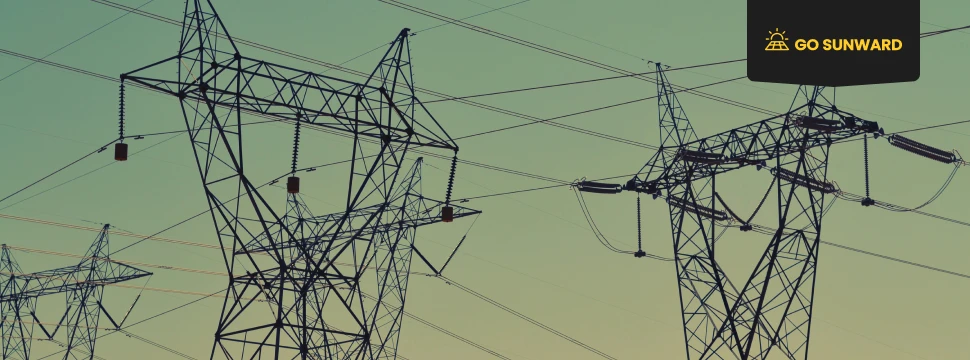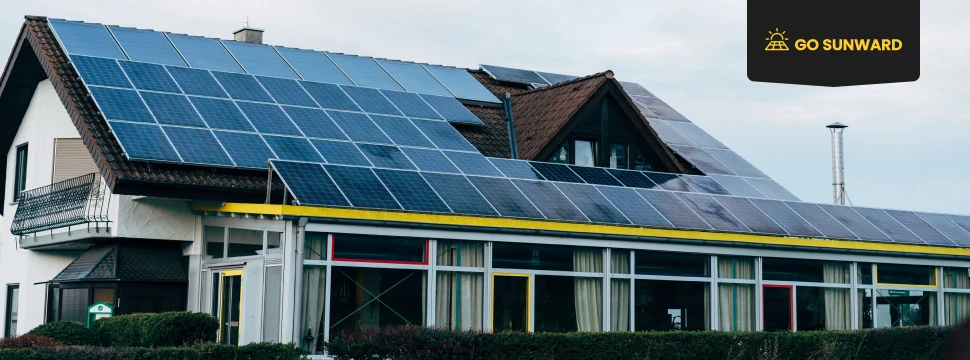How Does Solar Electricity Work?
Solar energy potential is virtually unlimited, as the amount of solar radiation that reaches the Earth’s surface in one hour is more than the world’s total energy consumption for an entire year. It is essential to capitalize on this potential to help fulfill global decarbonization and climate change mitigation goals. Solar technologies harness the power of sunlight, either by utilizing photovoltaic (PV) solar panels or by using mirrors to concentrate solar radiation in solar CSP. The converted energy can then be employed for electricity generation, or it can be stored in batteries or thermal storage systems for later use. This article will provide detailed insight and ultimately answer the question: How does solar electricity work? It focuses on both PV and concentrated solar power technologies. While the technologies have huge potential, this article will also discuss the major limitations of solar-based electricity generation.
Solar Radiation
Solar radiation, a form of electromagnetic radiation emitted by the sun, illuminates the Earth. While all areas on Earth experience sunlight throughout the year, the quantity of solar radiation reaching a specific point on the planet’s surface differs. Solar technologies harness and transform this radiation into practical forms of energy.
The sun offers abundant energy to fulfill the world’s energy demands, and it will not deplete like fossil fuels. Solar power, as a renewable and carbon-free source, is only restricted by our efficiency and cost-effectiveness in converting it into electricity. Luckily, we have two main types of solar energy technologies that can turn solar into electricity efficiently: photovoltaics (PV) and concentrating solar-thermal power (CSP).
Solar CSP Versus Solar PV?
The primary distinction between solar PV and solar CSP lies in their methods of converting solar energy into electricity. Solar PV systems directly convert sunlight into electricity through photovoltaic cells, while solar CSP systems concentrate sunlight to generate thermal energy used to produce electricity via steam-driven turbines. Both technologies are vital in harnessing solar energy and advancing renewable energy solutions to combat climate change. The choice between the two depends on various factors, such as the location, scale of the project, and energy requirements.
How Does Solar Electricity Work?: Solar PV
Solar PV technology operates through the utilization of the photovoltaic effect, a phenomenon in which photons, the fundamental units of light, strike the surface of a semiconductor material like silicon. This interaction energizes electrons within the material, causing them to break free from their atomic bonds.
As electrons, each carrying a negative charge, move toward the front surface of the solar cell, an electrical imbalance arises between the cell’s front and back surfaces. This imbalance generates a voltage potential, similar to a battery’s positive and negative terminals. The electrical conductors on the cell absorb these electrons. When the conductors are connected to an external load, like a battery, electric current flows through the circuit. This flow of electric current constitutes what is known as direct current (DC), as the electrons move in a continuous, unidirectional manner. This is then converted into alternating current (AC) using inverters.
Solar PV is commonly used in rooftop installations, solar farms, and arrays, as well as small-scale applications. At present, photovoltaics is one of the most recognizable methods for capturing solar energy and mainly utilizes three technology panel types: Monocrystalline, Polycrystalline, and Thin-Film Solar Panels. For more information on these kinds of panels, go here to see how solar panels work.
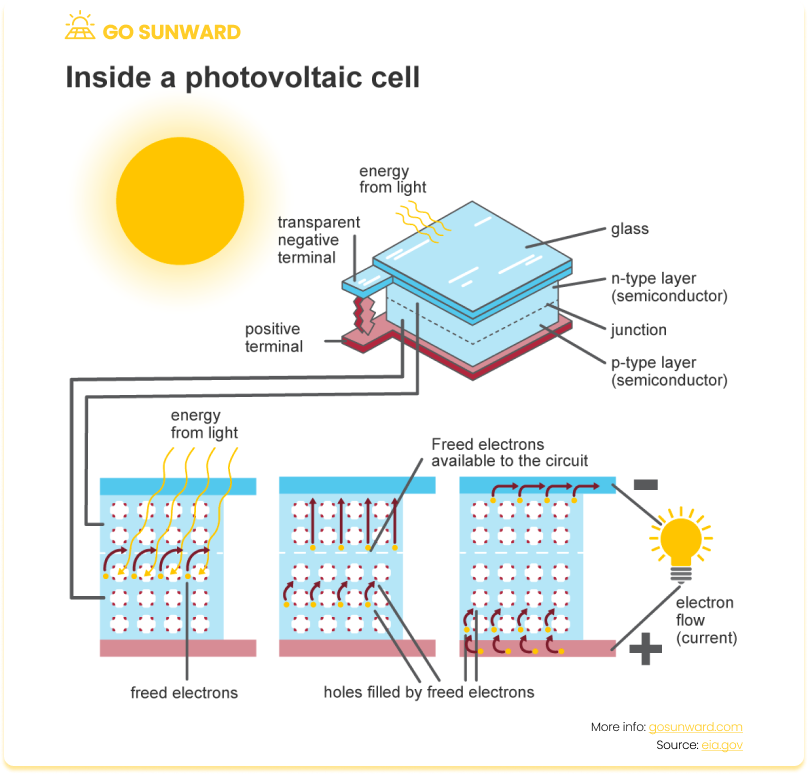
How Does Solar Electricity Work?: Solar CSP
Solar CSP systems, on the other hand, use mirrors or lenses to concentrate sunlight onto a receiver, which is converted into thermal energy. The concentrated sunlight can reach very high temperatures, and this heat is then used to produce steam. The steam, in turn, drives a turbine connected to a generator, producing electricity. Its not an exact science, but this article covers exactly how much electricity you get from solar.
CSP technology often incorporates thermal energy storage systems that allow for electricity generation even when the sun is not shining, providing a more consistent and dispatchable power supply. Solar CSP is usually deployed in large-scale utility plants and can serve as a viable option for areas with high direct sunlight.
There are two main types of CSP:
- Parabolic Trough Systems use long curved mirrors (parabolic troughs) to concentrate sunlight onto a linear receiver tube located at the focal point of the trough. The receiver tube contains a heat transfer fluid that absorbs the concentrated sunlight and heats up.
- Solar Power Tower Systems where a field of mirrors is developed that tracks the movement of the sun and reflects sunlight onto a central receiver tower. At the top of the tower, a heat-absorbing material is located, which heats up as it receives the concentrated sunlight.
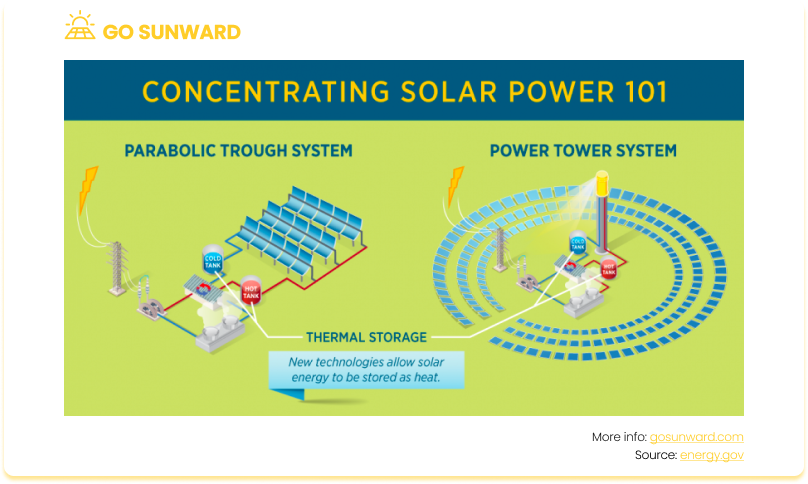
Where Does The Electricity Go?
So once this solar electricity is generated, how does it reach our homes and businesses, and how does it power our appliances?
For both solar CSP and solar PV systems, the grid connection process typically involves the following steps:
- Inverter Installation: Both systems require inverters to convert the direct current (DC) electricity generated by the solar panels or CSP receivers into alternating current (AC) electricity, which is the standard form used in most households and businesses.
- Interconnection: Once the electricity is converted to AC, it’s connected to the building’s electrical system. For CSP systems, this may involve additional components such as heat exchangers and steam turbines.
- Metering: To accurately track the electricity generated and consumed, specialized meters are installed to measure both directions of electricity flow—into and out of the grid.
- Regulatory Compliance: Depending on the region and regulations, there may be specific requirements and approvals necessary for the grid connection of solar systems.
What are the major limitations of solar electricity?
While solar electricity offers numerous benefits as a clean and renewable energy source, and has significant potential, there are some limitations of solar-generated electricity that need to be considered:
Intermittency and Variability: Solar power generation is dependent on sunlight, which is variable due to factors such as time of day, weather conditions, and seasonal changes. This intermittency can pose challenges for maintaining a consistent and reliable power supply, especially during nighttime or cloudy periods. Storing excess solar energy for use during non-sunny periods can be challenging and expensive. While battery technology is improving, efficient and cost-effective large-scale energy storage solutions are still evolving.
That said, CSP technology does have the potential to facilitate energy storage. The heat generated can be used to produce electricity immediately, but it can also be stored for later use, enabling the technology to provide dispatchable power even when the sun is not shining.
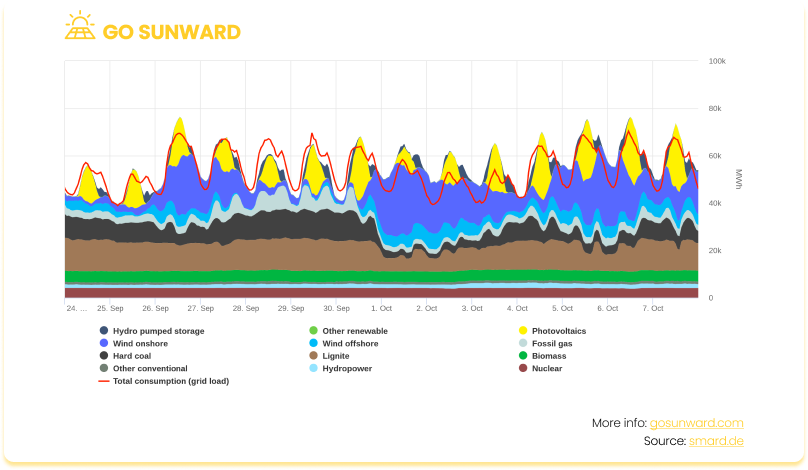
Geographic Limitations: Solar power generation efficiency and the amount of electricity that can be produced is influenced by geographic factors such as latitude, climate, and local shading. Areas with less sunlight may not be as suitable for efficient solar energy production. It’s important to note that while areas with abundant sunlight are more conducive to efficient solar energy production, advancements in solar technology and improved energy storage solutions are gradually reducing the impact of geographic limitations. Solar energy systems are becoming more adaptable and resilient, enabling them to generate power even in regions that may not experience ideal conditions.
Grid Integration and Infrastructure: Integrating solar power into existing electrical grids may require upgrades to accommodate fluctuations in generation. This can lead to additional costs and logistical challenges. One solution to the challenges related to grid integration is the adoption of smart grid technologies. Implementing advanced smart grid technologies can enhance the flexibility and resilience of the grid. Smart grids enable real-time monitoring, control, and management of energy flows, allowing for better coordination of supply and demand. This facilitates the seamless integration of variable renewable energy sources like solar.
Conclusion
With vast solar energy potential available, it’s clear we have an almost limitless supply of clean power. Capturing and using this resource is crucial for our efforts to reduce carbon emissions worldwide and address the urgent climate change issues.
By focusing on photovoltaic and concentrated solar power technologies, this article has successfully answered the question – how does solar electricity work? Now that we understand these technologies and their limitations, we can use their potential to meet our global sustainable energy needs.

